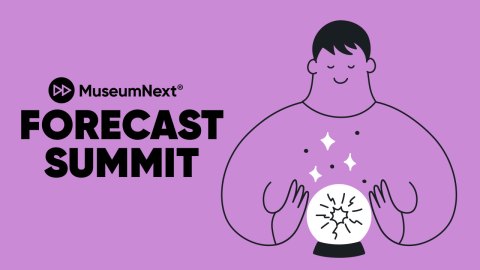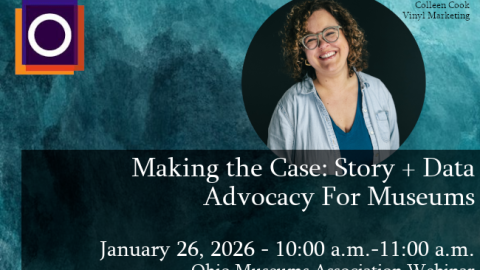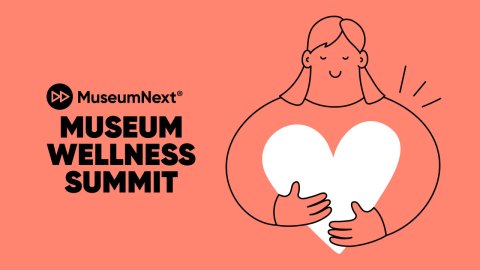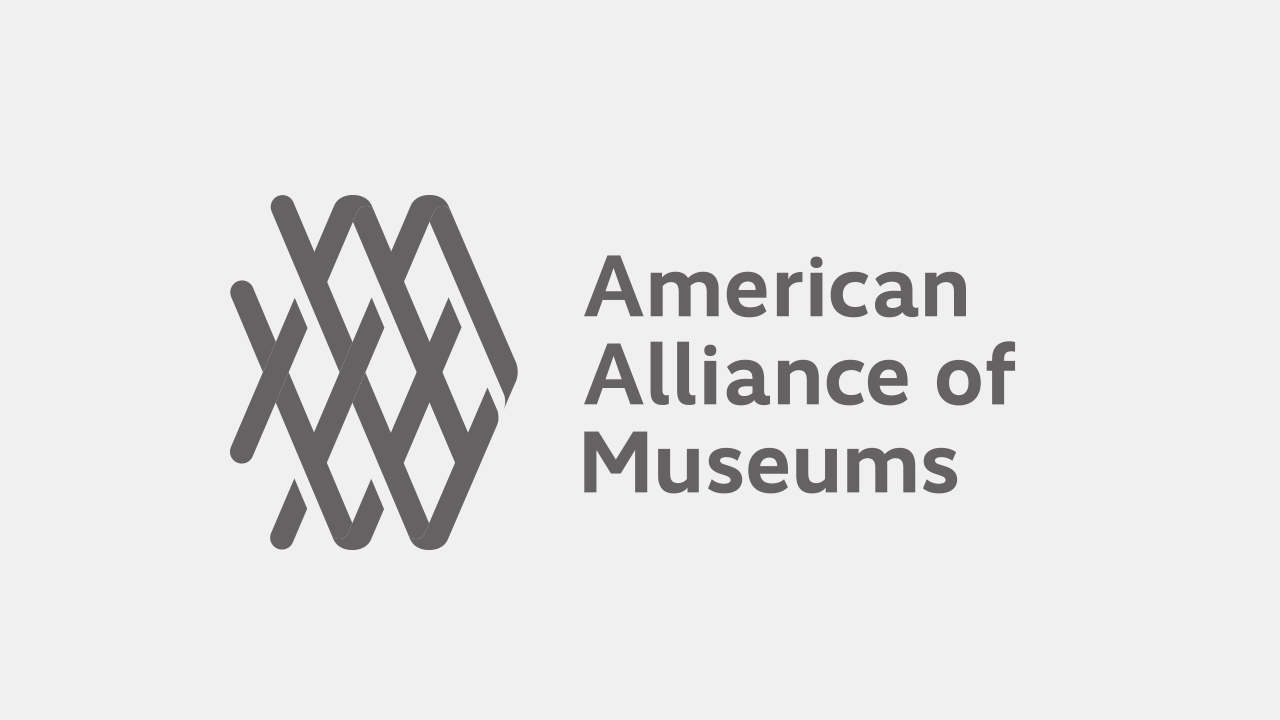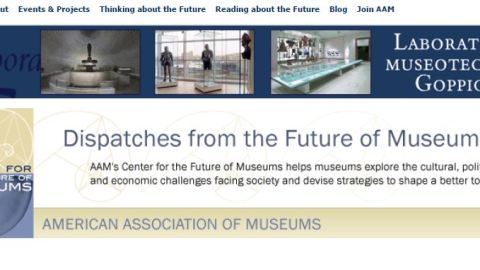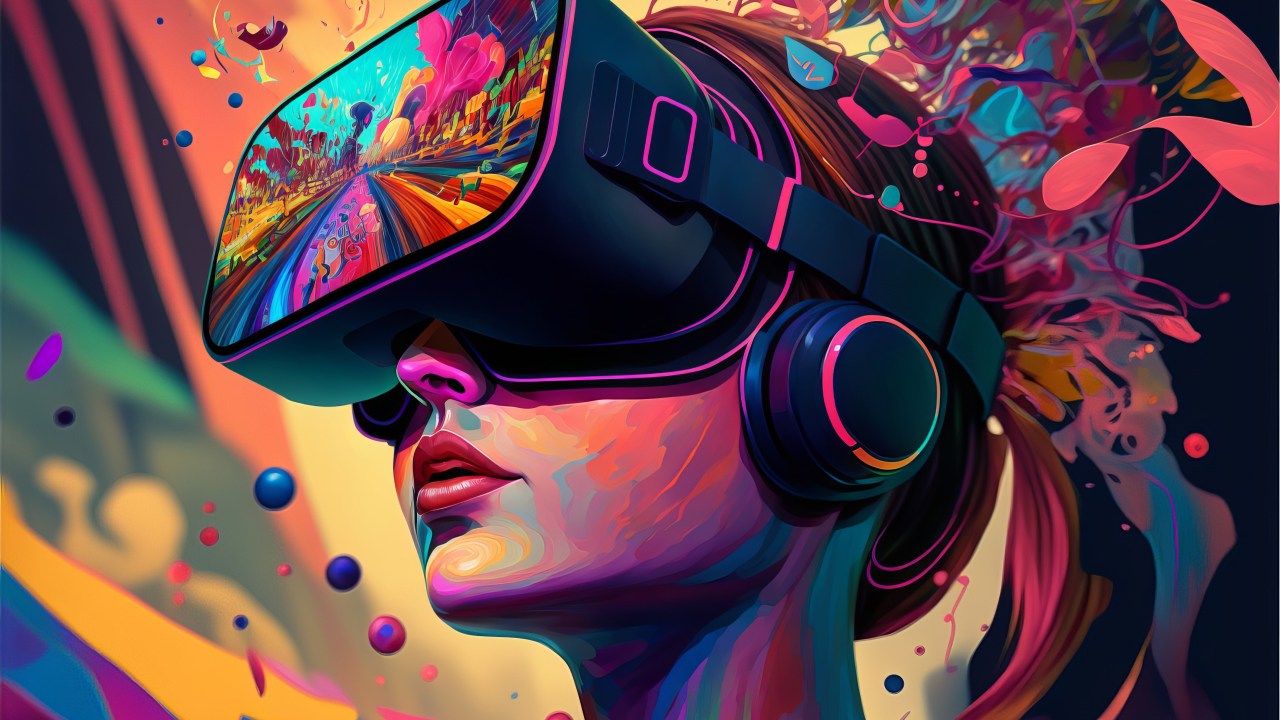
With AI, museums face another moment in their digital evolution. We are already seeing some truly innovative AI applications across the sector that are enabling audiences to access collections and content in expansive new ways, enhancing the visitor experience, and improving museums’ day-to-day operations and functions. There is huge interest and high expectations around AI’s potential to drive transformational change.

This article originally appeared in the July/August 2025 issue of Museum magazine, a benefit of AAM membership.
» Read Museum.
As with past moments of digital transformation, museums must figure out how to incorporate new technologies in ways that are both operationally and financially sustainable, all while continuing to deliver on their core missions. There is a strong impetus for museums to adopt AI tools and applications to unlock knowledge, support research, streamline workflows, and build institutional resilience in a rapidly evolving digital landscape.
The exponential growth of AI might seem daunting, but we can view it as simply the next major digital transformation that museums now face. Over the past 25 years, as a senior digital leader in both large and small museums in the US and the UK, I have experienced at least three of these pivotal moments. The technologies and the contexts were different each time, but the core lessons are remarkably consistent. While some people brace for dystopia and others believe AI will magically fix everything, I’m here to say that I’ve seen this film before!
The E-learning Museum Collaboration
My first experience with digital change occurred in the UK from 2006 to 2009, when I led a groundbreaking e-learning project with nine UK national museums. The public-facing project aimed to demonstrate the potential for cost savings if public institutions shared technology, infrastructure, and access to national collections content. The goals were to create curriculum-based learning resources for middle-school students as well as a lifelong-learning platform to engage audiences inspired by collections in their own creative work.
At the time, Google and Facebook were just emerging, so we built our own search engine across the nine museum collections and developed a bespoke online community platform. It was massively ambitious, organizationally and technically, and while we succeeded in some areas and fell short in others, the lessons stayed with me.
One was the value of galvanizing nondigital allies and ensuring stakeholders across different departments understood and shared the project’s goals and outcomes. Stakeholders had varying levels of technical skills, so the time we spent building positive relationships was crucial to our success. These allies became useful translators and advocates for the work.
Another big lesson: how quickly technology evolves. Over the project’s three-year lifespan, tools changed so rapidly that we would have approached many technical challenges differently by the time we went live. Building in ongoing investment in technology and resources is key to ensuring a project can evolve and adapt over time.
In the end, this project was a great example of early digital innovation. But ultimately, the museums’ ambitions outstripped their technological and organizational capacities.
Driving a Digital Strategy
I learned even more while leading a digital modernization program as the first Head of New Media at the Imperial War Museums (IWM), which includes five branches across the UK. From 2009 to 2014, I built a new digital department from the ground up, launched IWM’s first digital strategy, developed a new website and online collections, and upgraded digital media across the five museum branches.
At the time, IWM lagged behind peer museums, and leadership wanted to quickly catch up. Drawing on earlier lessons, I knew we needed to carefully manage the pace and scale of change and bring along nondigital staff as partners.
Historians and educators wanted the public to understand the scope and scale of the collection, but they had concerns about digital objects being used outside of the museum context. We addressed those concerns with data from other museums, showing how putting a million collection objects online would broaden engagement with the museums’ incredible holdings without harming in-person visits, which was a frequently mentioned concern.
We worked together to develop new policies and processes to manage risk for sensitive collection content. The museum’s collection covers all aspects of conflict involving Britain, its former Empire, and the Commonwealth, from the First World War to the present day, but portions of it cannot be shared with the public online (e.g., material related to current conflict). Though the institution was committed to opening access to the collections more broadly, it needed new policies and processes to efficiently manage items that might inadvertently get published to the website.
Once the online collection went live, we monitored audience usage and created a feedback mechanism to flag concerns. As website visits grew exponentially, risks proved manageable and skepticism eased. Nondigital staff grew more confident and open to collaboration. Gaining buy-in for digital projects and initiatives became easier.
I also recognized that as digital was becoming more pervasive across the organization, we needed to invest in digital skills development. My team began running informal digital skills sessions to introduce staff to new tools and ways of working.
Insights from the Pandemic:
Though stressful, the pandemic offered museums a crash course in digital engagement. As museums now determine how to use AI in their operations, the lessons learned then still apply.
Digital is mission-critical. It is no longer “nice to have.” Digital became essential to delivering the museum’s mission during closures and when museums reopened.
Agility is possible. Museums proved they could adapt quickly—breaking down silos, experimenting with new formats, and reaching audiences in creative ways.
Audiences can expand online. Museums moved from hyperlocal to global engagement almost overnight, creating new opportunities for audience reach, growth, and impact.
Digital skills are everyone’s business. Investment in digital and data literacy across all departments empowered staff to thrive in a digital-first environment.
Hybrid experiences are here to stay. Post-pandemic, the visitor journey now blends online and on-site experiences seamlessly.
New roles connect the dots. Museums have created positions to unify digital and physical touchpoints.
Access becomes more equitable. Digital tools foster inclusion and responsiveness to diverse audience needs.
Sustained training is essential. Ongoing professional development is key to future-proofing staff skills for AI integration and beyond.
From Pandemic to AI
The most recent digital transformation came suddenly in March 2020. The pandemic closed museum doors overnight, forcing institutions to rely solely on their virtual presence to fulfill their missions. Those of us working in digital roles were suddenly thrust into the spotlight, our work and skills essential to keeping the virtual lights on.
This moment marked a profound shift. Digital was no longer just a way to augment and amplify collections and exhibitions—it became core to each museum’s identity. Almost overnight, institutions rapidly launched new online resources. We learned more about digital audiences and online behaviors and how to better design experiences and resources that might only exist online. We saw dramatic shifts in audience engagement, reaching local and global users in new ways. We became more enterprising and creative, took more risks, broke down traditional departmental silos, and invested in digital and data literacy to help staff adapt. When we opened our doors again, we had a new understanding of the visitor journey as an interconnected system of physical and digital touchpoints.
AI represents the next wave in this transformation. We must apply the lessons we’ve already learned before, during, and since the pandemic. AI can elevate a museum’s mission by enhancing visitor experiences, unlocking broader access to collections, and enabling smarter, more efficient work for staff. And this is just the beginning of what’s possible.
Museums have historically been cautious adopters of new technology, waiting for tools to mature before fully embracing them. But I encourage every museum to start now—experiment, explore, and build on what you already do well.
The following core lessons can help you succeed:
Want to dive deeper? In the AAM Member Resource Library, you can explore even more about AI and digital content in museums.
» Related Resources
- Stay grounded and focused on your museum’s core mission and values.
- Build strategic alliances across departments—your allies will become your champions and advocates.
- Develop clear success metrics and key performance indicators to track and demonstrate value.
- Develop a risk management plan to address institutional concerns about AI.
- Plan for long-term sustainability from the outset.
- Stay agile and ready to adapt as technology—and your understanding—evolves.
Experiment thoughtfully. Take manageable risks. Be ready to pivot. Remember, we’ve been here before. Rinse, wash, repeat—you’ve got this!
Carolyn Royston (carolyn.royston@surfaceimpression.com) is based in New York and is the Chief Strategy & Partnerships Officer at Surface Impression, which helps nonprofit, community, cultural heritage, and public-sector organizations make the most of digital media. She is also an Advisory Board Member of the Institute of Digital Culture at the University of Leicester in the UK.

